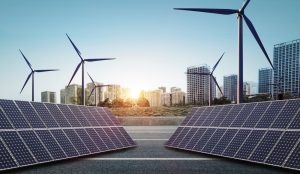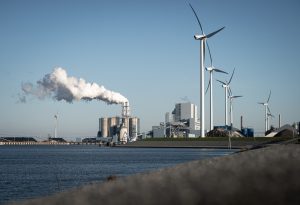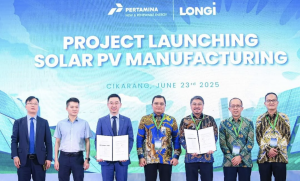
Jakarta – Indonesia’s electricity system faces new challenges, namely a decrease in grid stability due to low system inertia. Researchers believe that Internal Combustion Engine (ICE)-based power plants can be a saviour in this condition.
This issue was the main discussion in the Indonesian Electricity System Stability Workshop held by Wärtsilä Energy in collaboration with Institut Teknologi Bandung (ITB) on Wednesday, 7 May. The event, held at the School of Electrical Engineering and Informatics (STEI) ITB, brought together energy professionals, academics, and engineering students to explore concrete solutions to maintain the stability of the national electricity grid.
“The energy transition demands more than just green generation. We also need to ensure the system remains stable and reliable. ICE can act as a ‘bridge’ to bridge the speed of grid response to renewable energy fluctuations,” said Febron Siregar, Sales Director Business Development of Wärtsilä Indonesia, during the opening session.
Renewable energy needs balancing
The intermittent (unstable) nature of solar and wind power generation reduces the electricity system’s inertia —that is, its ability to withstand changes in frequency. If not addressed, this can lead to instability and even blackouts.
In their technical presentation, engineers from Wärtsilä explained that the ICE can switch on and adjust power quickly and operate efficiently in hybrid systems. This makes it suitable for supporting renewable energy integration, especially in remote areas or small electrical systems.
The head of STEI ITB’s Power System and Network Dynamics Laboratory, Dr Ir Nanang Hariyanto MT, emphasised that this kind of collaboration is important to prepare future generations of engineers who are resilient and relevant.
“Students must understand how technologies like ICE can answer real challenges in the field. We can’t just rely on theory. We need modelling, research and direct application to maintain the reliability of the national electricity system,” said Nanang.
According to him, flexibility is the new baseload. This means that the generation of the future is no longer just about large capacity but about rapid response and modularity, which ICE offers.
ICE: From baseload to balancer
Many ICE plants in Indonesia are currently still used as baseload, even though the technology allows them to function as flexible plants balancing solar and wind energy.
“With the right strategy, ICE can be the backbone of the transition to a resilient low-carbon electricity system. We hope ICE is seen as a strategic asset, not an old technology,” added Febron.
The workshop closed inviting the younger generation to be actively involved in Indonesia’s energy transformation.
“You are not just future engineers, but leaders of change,” Febron concluded to the participants. “The challenges of the electricity system will become more complex. But with innovation and willingness to learn, Indonesia’s energy future can be cleaner, smarter, and more stable,” he said.
This event marks the first step of a strategic collaboration between the academic world and the energy technology industry, with the hope of encouraging the birth of solutions that can maintain the stability of the electricity system amid the national energy transition towards net-zero emissions. (Hartatik)
Banner photo: Image generated by OpenAI’s DALL·E via ChatGPT (2024)













